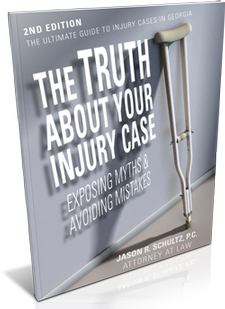According to the American Association of Neurological Surgeons, sports and other types of recreational activities cause approximately 21 percent of TBIs in children and teens. The Brain Trauma Foundation indicates that every year between 1,600,000 and 3,800,000 million sports-related TBIs occur. Boston Children’s Hospital reports that head injuries are twice as likely to happen to a male child.
Signs of a Traumatic Brain Injury
The symptoms of a TBI can vary and may last a few days, weeks, months or even longer. Recognizing some of the signs could help parents, coaches and others instruct the injured child to seek proper medical treatment.
The following are some of the symptoms that may indicate a child has sustained a TBI:
- loss of consciousness (brief or prolonged);
- sleepiness;
- inability to concentrate;
- confusion;
- ringing in ears;
- blurred/double vision;
- slurred speech;
- disorientation;
- light/noise sensitivity;
- short-term memory loss;
- nausea;
- vomiting;
- changes in behavior;
- dilated pupils;
- loss of balance;
- headache; and
- dizziness.
More serious symptoms may include seizures, repeated vomiting, unconsciousness, and numbness/weakness in fingers and toes.
It’s important to keep in mind that an open wound on the head, such as a gash, or a known skull fracture aren’t the only indications that a child may have suffered a TBI. A closed head injury has no outward signs of damage, but there could be swelling or bleeding inside. This is why even though the child may appear to be fine, it’s usually a good idea to seek medical attention anyway.
Treating a Traumatic Brain Injury
Seeking medical attention when a child shows signs of a concussion is very important. In addition to ensuring proper treatment, it allows the parent(s) to better understand their child’s ability to return to play after the injury. For instance, the child may require additional time to recover or may need ongoing treatment before returning to the field, court, etc.
While most mild concussions usually heal with rest, over-the-counter pain medication to treat headaches and careful observation, some may require more extensive care; for instance, drugs to treat seizures or pressure buildup in the brain. Some may require surgery to repair a skull fracture or to drain fluid.
A severe TBI may require long-term treatment such as rehabilitation or physical therapy. Treatment may require certain specialists depending on the needs of the individual; occupational, recreational and physical therapists are some examples.
Get help pursuing compensation if your child’s sports-related head injury is improperly managed and it leads to further damages. Call Jason R. Schultz at 404-474-0804.


